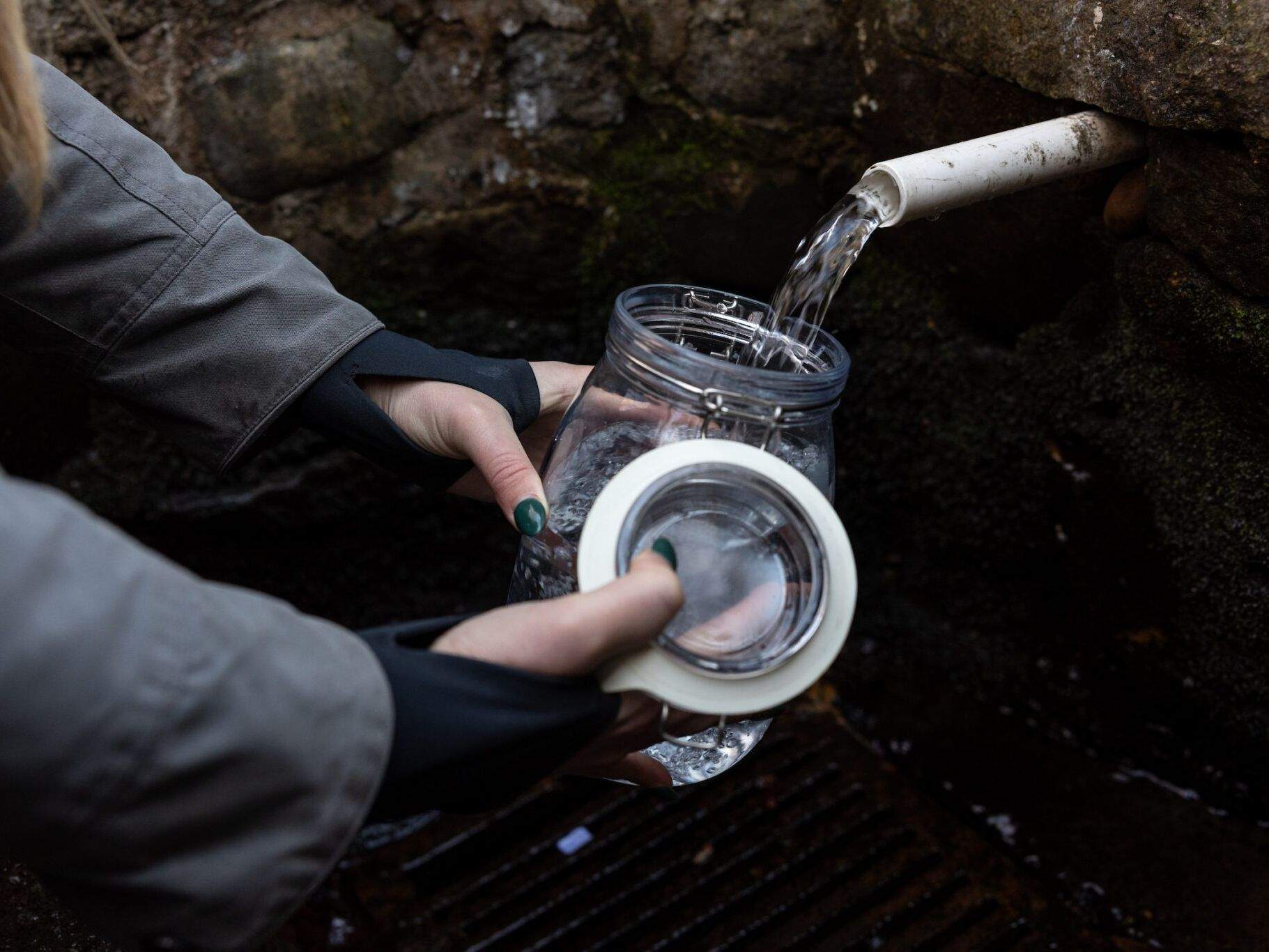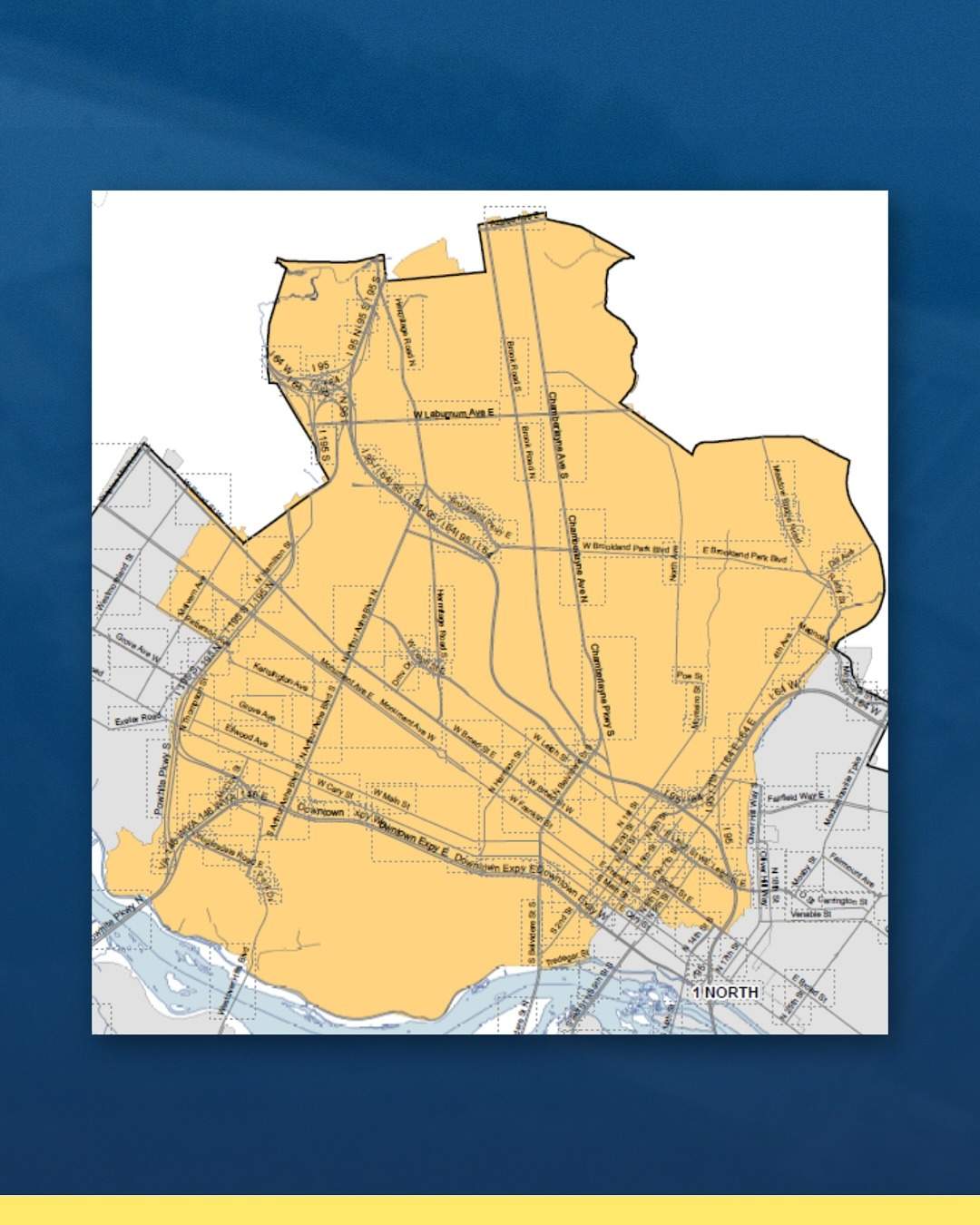How Richmond Can Elevate Its Crisis Communications
Groundhog Day in Richmond: A NASA Communicator's Take on the Latest Water Crisis
As a seasoned NASA communicator, I've seen my share of crises – from the planned complexities of a launch to the unforeseen challenges of in-flight anomalies. We spend countless hours rehearsing, planning for every conceivable contingency, because when lives and billions of dollars are on the line, effective communication isn't just a nicety, it's a mission-critical component. Which is why, watching the City of Richmond grapple with its second boil water advisory in just five months this May, I can't help but feel a deep sense of deja vu, and a bit of frustration.
It’s not just the recurrence of the problem that's concerning, but the city's communication strategy, or rather, the apparent lack thereof. This isn't rocket science, but it certainly could benefit from some of the fundamental principles we live by at NASA.
The Void Will Be Filled
In a crisis, a vacuum of information is instantly and inevitably filled – often by misinformation, speculation, and frustration. When the city was slow to release comprehensive details about the operational issue at the water treatment plant, people turned to social media, neighborhood groups, and local news for answers. And frankly, the city's official channels often fell short.
The Pitfalls of Poor Social Media Engagement
I observed numerous instances of the city's social media accounts not responding to legitimate questions from residents, many of which received hundreds of likes and upvotes, clearly demonstrating that they are questions that a wide swath of the community has. This is a common pitfall. In a crisis, your social media presence isn't just for pushing out announcements; it's a vital two-way street. Ignoring or curtly dismissing genuine concerns only fuels public anxiety and erodes trust. Every comment is an opportunity to clarify, empathize, and demonstrate that you are actively engaged and listening. A simple, "We understand your frustration and are working around the clock to resolve this. We'll update you as soon as we have new confirmed information," goes a long way.
Uninformative Imagery and Missed Opportunities
Another glaring issue was the selection of imagery. In a visual world, the right image can convey clarity and reassure. Instead, we often saw maps that were difficult to decipher or stock photos offering no real insight into the situation or the ongoing efforts to fix it. Why not share photos of the dedicated teams working at the plant, or a clear, simplified infographic explaining the issue and the steps being taken? Transparency, even in what might seem like mundane details, builds confidence.
When the city released a visually blurry graphic detailing affected neighborhoods, the overwhelming volume of comments asking for a clearer image should have been recognized almost immediately. The city had a superior version available but didn't provide it in the comments, choosing instead to wait hours before releasing an updated interactive map. While this map was indeed more detailed, its rollout was delayed when a simple, clearer copy of the original could have addressed many residents' immediate issues.
The Challenge of Off-Hours Crises
What makes Richmond's communication struggles even more pronounced is the unfortunate timing of both recent crises. Both boil water advisories have occurred during off-hours – either late at night, on a weekend, or leading into a holiday. This is a crucial detail. When offices are typically closed, staffing for communications is often minimal, and the ability to rapidly convene decision-makers and disseminate information is severely hampered. This creates a perception of unpreparedness and exacerbates the information void.
The Need for Proactive Planning
This is where the NASA experience truly diverges. We plan for the worst-case scenario. We have pre-approved statements, designated spokespeople, and clear communication chains for every potential disaster. When the filters at Richmond's water treatment plant reclogged, causing widespread pressure loss, it shouldn't have felt like starting from scratch, especially considering a similar crisis occurred less than a year ago. Where were the pre-drafted advisories, the ready-to-go FAQs, and the identified water distribution points along with communication plans for their operation? A speedier, more coordinated response from the outset would have alleviated much of the initial panic and confusion.
Suggestions for Improvement
So, how can Richmond, and other municipalities facing similar challenges, do better?
Pre-Crisis Planning is Paramount: Develop comprehensive crisis communication plans for various scenarios, including infrastructure failures. This means pre-approving key messages, identifying spokespeople, and establishing clear protocols for information dissemination across multiple channels. Practice these plans with simulations – just like we do at NASA.
Establish 24/7 Communication Readiness: This is critical, especially given the pattern of off-hours incidents. Have a dedicated, on-call crisis communication team that is empowered to act swiftly, even outside of regular business hours. This includes pre-approved communication trees for decision-making and designated points of contact who can be reached immediately. Your crisis communication plan needs to be robust enough to activate at any time of day, any day of the year.
Embrace the Community as an Ally: Don't just talk to the community; talk with them. And don't be afraid to directly ask the community for help in a crisis. When first issuing a critical message like a boil water advisory, feel free to explicitly ask residents to help spread the word to their neighbors, friends, and family. Empower neighborhood leaders, community organizations, and local media to be conduits of accurate information. Provide them with early, clear briefings and resources so they can help amplify your message and answer questions at a grassroots level. The community can be your most powerful asset in spreading vital information and calming nerves.
Engage, Don't Just Announce, on Social Media: Dedicate staff to actively monitor and engage with comments on social media. Respond with empathy, provide clear answers, and address misinformation directly but respectfully. Your responses in the comments section can be as important as your initial posts in shaping public perception and building trust. If you don't have an immediate answer, state that you're working to get it and will provide updates.
Informative Visuals and Real-Time Transparency: Ditch the generic images. Use clear, easily understandable maps, infographics, and even short videos to explain the situation. Show the work being done. Transparency about the challenges and the progress, even if slow, is far more reassuring than vague assurances.
Fill the Void Proactively: In a crisis, if you don't communicate, someone else will. Be the first, most reliable source of information. Even if you don't have all the answers, acknowledge the situation, state what you do know, and commit to providing regular updates. Consistent communication, even if it's just to say "no new information at this hour, but we're still working," prevents the spread of rumors and keeps citizens feeling heard.
Richmond is a resilient city, and its residents deserve clear, confident communication during challenging times. By adopting some tried-and-true principles of crisis communication – principles that are second nature in environments like NASA – the city can not only better manage future incidents but also rebuild the essential trust that binds a community together, even when the water isn't quite right.
P.S. A special shout-out to Diversity Thrift for their quick thinking! They immediately started showcasing all the affordable pots they had in stock for those needing to boil water – a truly helpful and creative community response.

